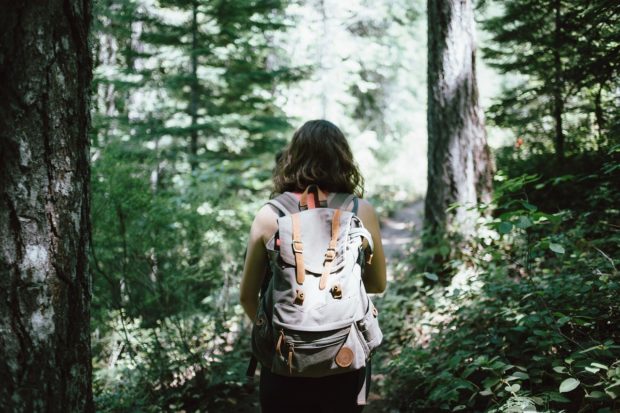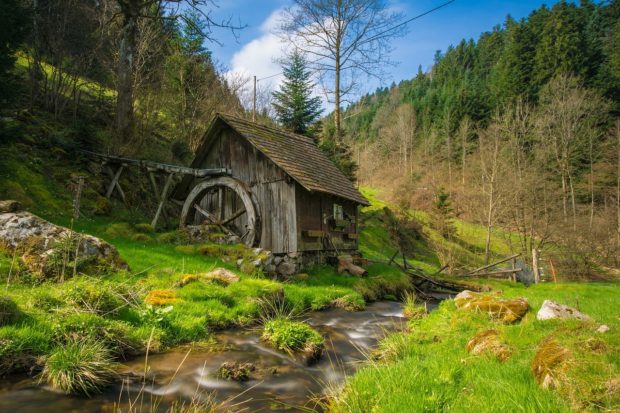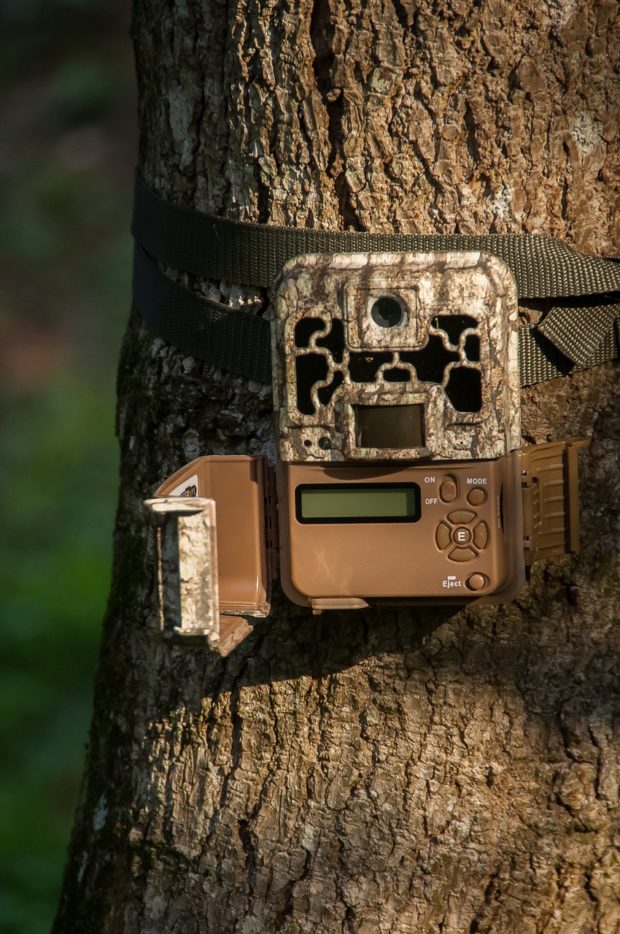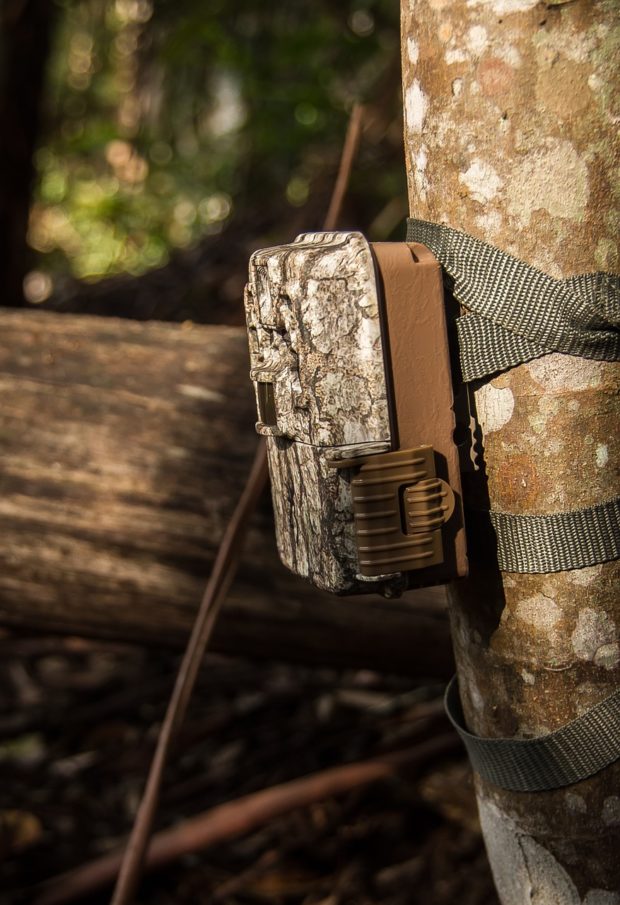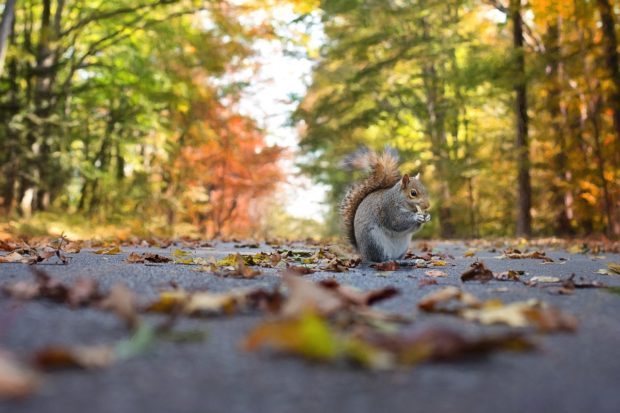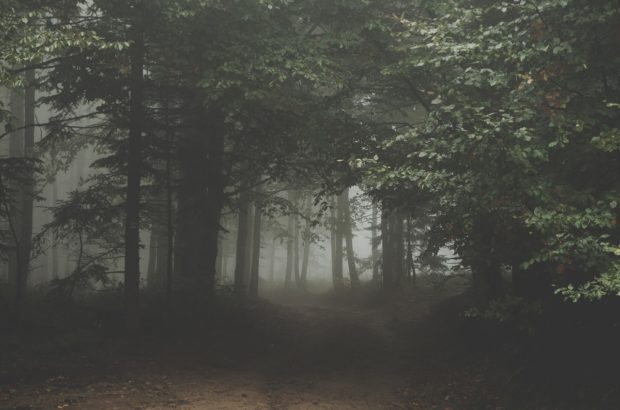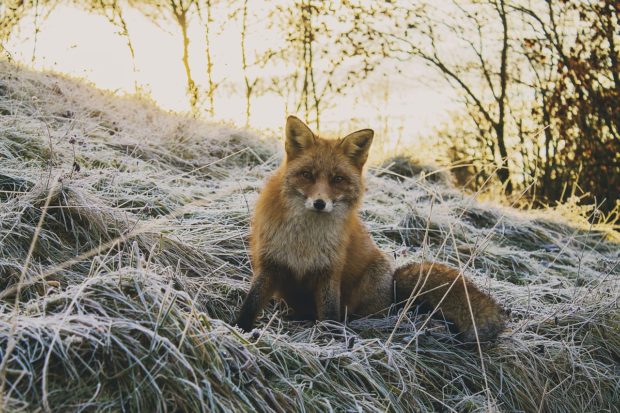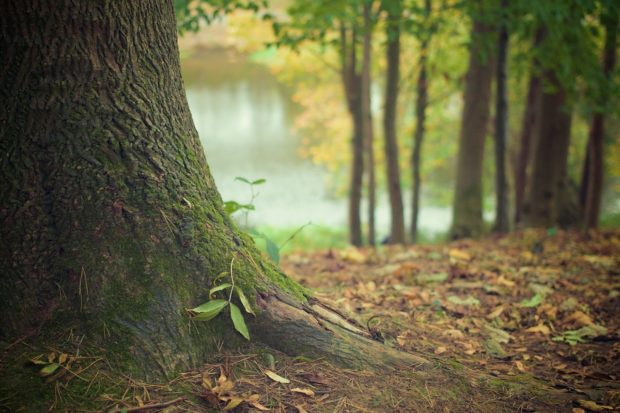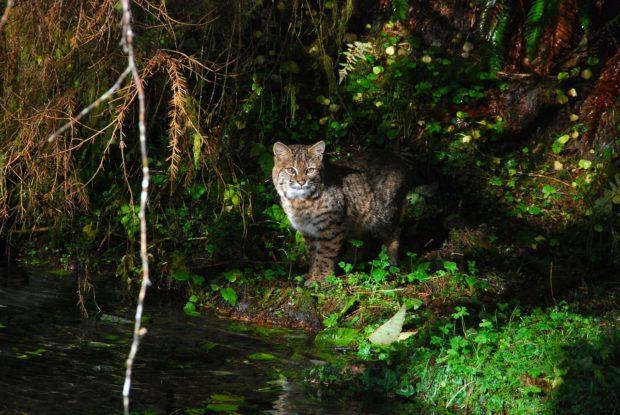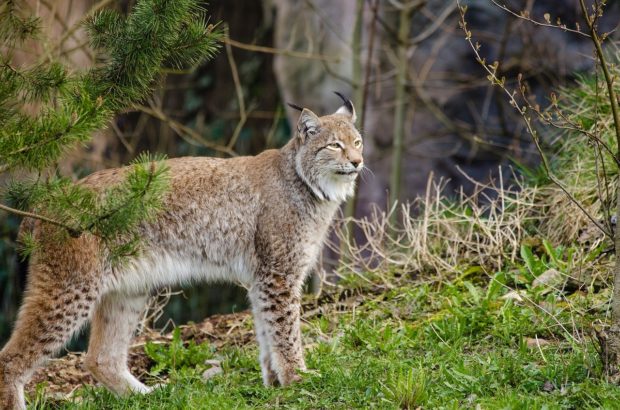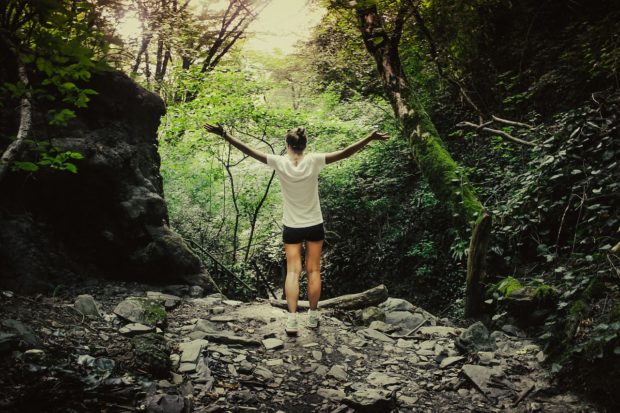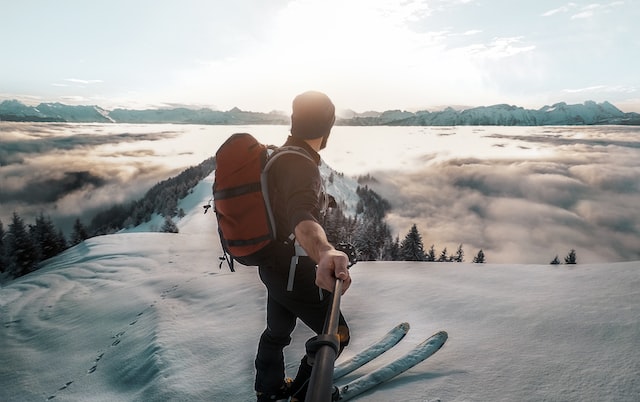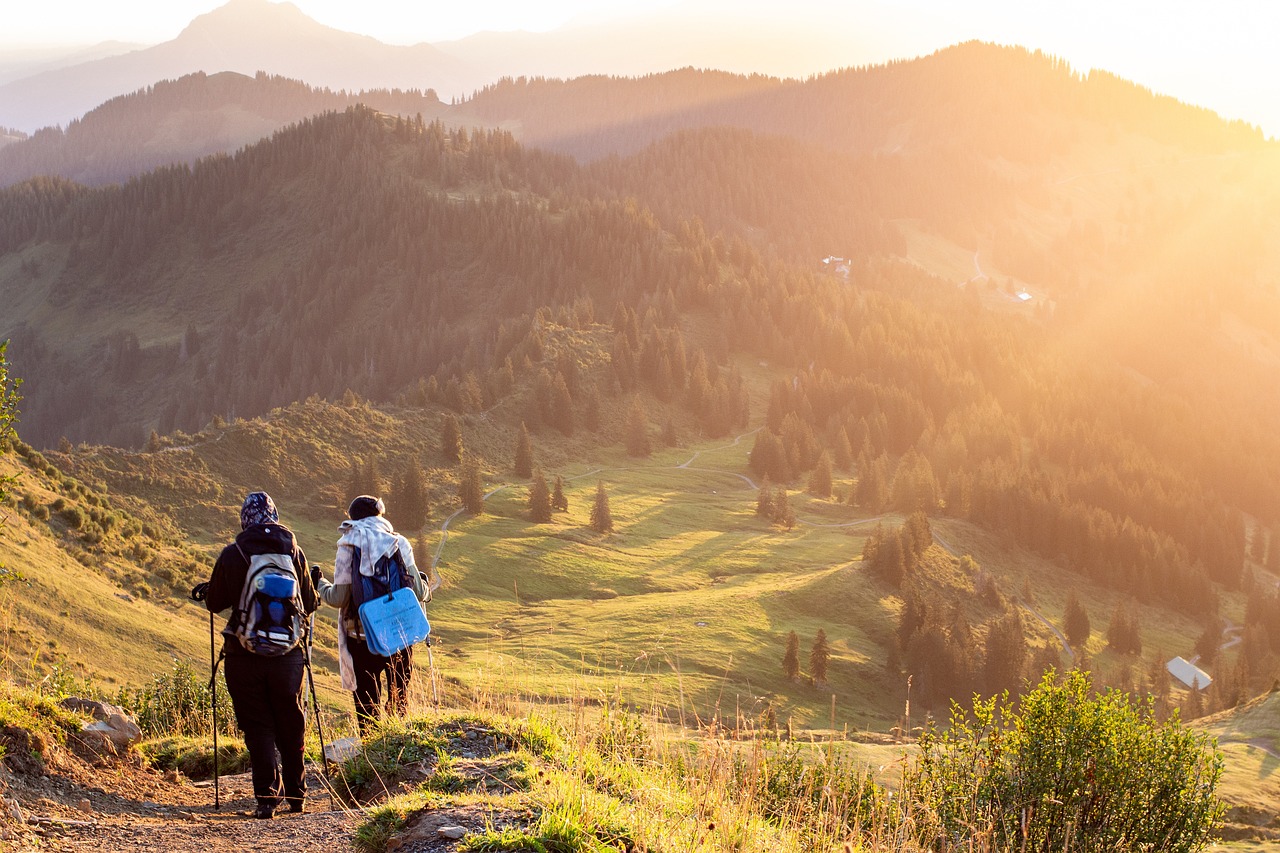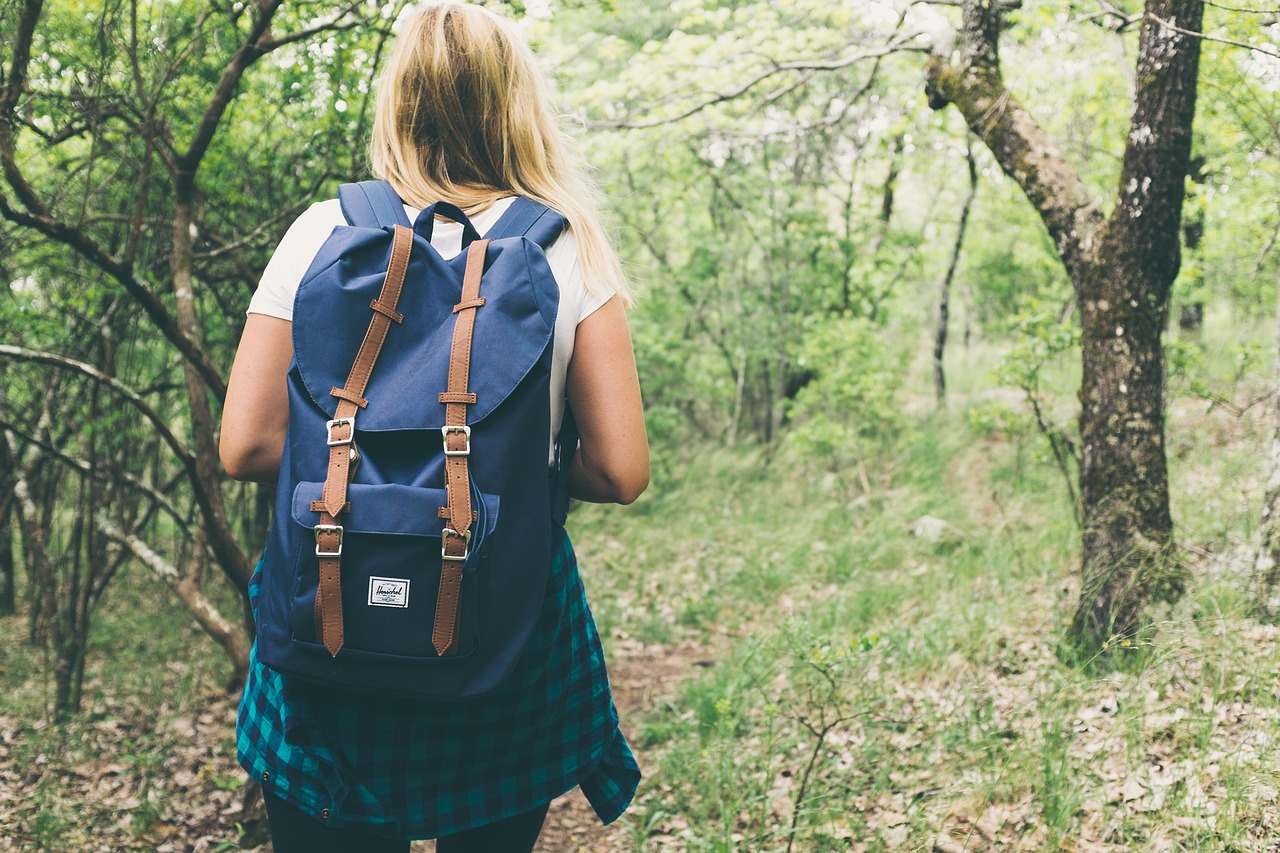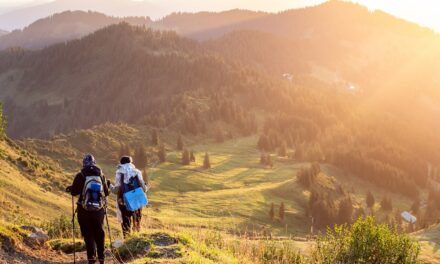There are a few things in life that can revive your soul the way going on a wild adventure does. You’re out in the open air, you can feel the earth beneath your feet, and then you become one with nature. It’s peaceful, it’s risky and full of adrenaline, and it’s soul reviving. But out there in the middle of nowhere, where humans have left little to no touch, you get to see the wild life as it is. You can meet the other inhabitants of earth in their natural habitat, which is both exciting and terrifying.
And yet, the soul of adventure always reckons to us anyway. You’d only be wiser to know what’s out there before you venture out on your journey, to be well-prepared to face any dangers, or know when you can’t face it so you’d work up a detour. If only someone had created a tool to give you eyes without needing to be physically there… Wait, someone actually did!
Someone did create that tool, and it’s come a very long way ever since. Such an invention is the Trail Camera, and it’s one of the most essential equipment you need to use before exploring the woods.
Up the Mountains and Into the Woods
There was that one time, when a group of hikers went out to the County of Pend Oreille on an exploration mission. Little did they know that there was a big black bear at a 4-minute distance on their heels, but a bunch of wildlife biologists did. The biologists were nowhere near the county, but later on, they saw the close proximity to which the hikers almost came face-to-face with the bear on the footage they recovered from a trail camera they had set up long before.
The footage also showed the group of hikers as they went on their way back following the same trail, oblivious to the wildlife that’s so nearby, yet just out of their sight. Other stories share more tragic situations in which the explorers weren’t so lucky to get away unharmed.
There’s a part inside of us that marvels at the unexpected, and this part wants to go out and be surprised by what we can find. But when it’s life and death situations, isn’t the bigger adventure to know ahead what you’re about to face and come out alive to tell your stories?
The Importance of Trail Cameras on Your Adventure
Trail Cameras, also referred to as Game Cameras, are mostly used by hunters, wildlife biologists, security professionals, and wildlife filmmakers. These trail cameras offer them invaluable insight to study different creatures in their natural habitat, without the presence of a human to scare them away or disrupt their behavior. When preparing to go out on a hike or to explore in the woods, you’d be wise to get the same level of information that these experts have. That is, unless you want to come face-to-face with a huge black bear, a panther, or a goodness-knows-what-is-out-there. In that case, feel free to be in for the surprise of your life.
Trail Cameras: What They Are & How They Work
What Are Trail Cameras?
Trail Cameras are cameras (obviously) that you can set up on a tree, leave it to record everything going on in front of it, and then get back weeks or months later to see what you’ve caught. Looking through the footage you’ve captured, you can come to understand the habits of the different inhabitants of the area, what they prey upon, how they prey, how active they are during the and night, and even gain knowledge about all of the different species you’d never realized lived there.
With technology advancing so greatly in the latest years, trail cameras can capture both still pictures and motion videos in high definition quality. You’ll find trail cameras in 2 MP and all way to 18 MP, with a full HD pixel size of 720 or 1080. You won’t have to worry about being blind in the dark, because most of these cameras have an IR detection rays that allows you to get crystal clear black and white images during night time. You’ll also have a wide range of specs to choose from while getting your own trail camera, and we’ll get to in that in just a bit.
How Do Trail Cameras Work?
A trail camera is set to action once you open it, press its buttons for control, close the case, and then securing it well to a tree. The camera has motion-and-heat detection sensors inside, something referred to as a Passive Infrared (PIR) detector. When the PIR sensor detects any change in movement or variation in temperature, it’s set to action.
The PIR sensor can detect any movement and temperature changes taking place in its detection zone, which extends outwards from the lens of the camera in a cone shape. Obviously, if the moving object is closer to the lens, the image or video captured will be of higher details and more definition that if it were much further.
As you now know, the PIR sensor depends on the variation in movement or temperature. This occurs by sensing the changes to the infrared radiation reaching the camera, and whenever that happens, the lens captures footage. In this sense, if a tree branch were to fall off, the camera would only see some sort of movement associated with a change in temperature, and so it also captures that fallen branch. Meanwhile, if there’s little difference in temperature between the animal and the surrounding environment, the camera might not be able to detect it either. But generally speaking, the bigger the object, like a person or a bear, the easier it is for the camera to capture it. It might be a little more difficult to detect in case of farway small birds or rabbits, for instance. It all comes back to how sharp the PIR circuit is.
The PIR sensor also works best when the object is at an angle to the lens, in contrast to being at a straight angle right in front of it. That’s why it’s important to set up the camera at the right spot, to make sure you capture the footage in the best quality you want to have.
Choosing Your Trail Camera
You don’t need to be an expert to be able to operate a trail camera and to set it up, but you do need to choose the right trail camera to help you out on your expedition. When you do your research about the best trail camera on the market today, you’ll find a lot of specs and information that might not make any sense to you. Some of these specs are essential features, some would be really cool to have, and others might not fit the purpose you need a trail camera for. So how do you make the best choice?
We’ve compiled here a list of the features and specs most trail cameras have, what they mean, and how you can make use of them.
Picture Quality & Resolution
When we speak of quality, most of the people think of the camera’s Megapixels. That’s a common misconception, because a 14 MP lens means nothing if you view it on a big screen and find everything blurry and in very low-quality. That’s why, even more important than the Megapixels, you need to check the resolution of the camera.
Most trail cameras come with a resolution of 4-5 megapixels, which is really low. To know the resolution and overall quality of the camera, you need to check reviews and footage taken by the trail camera in question to know for yourself.
Night Vision Quality
Almost all trail cameras can still capture whatever is going on in the dark, but they can do that through different techniques. The three different types of trail cameras you’ll come across, according to their night picture quality, are:
Low Glow (or Red Glow) Trail Camera
Low glow trail cams are hardly visible to the human eye and to most species, and they work best for security and surveillance purposes. They emit very low red IR light when in use, and the emitted light allows for a further scope to be captured. The pictures taken are also brighter, showing more details. Their disadvantage, however, is that they can scare away the more sensitive wildlife, such as deer and foxes.
No Glow Trail Camera
No glow cams are totally undercover, so they won’t give themselves away under any circumstances. The rays emitted are completely invisible to all eyes, so you won’t have to worry about scaring any creatures away. The pictures taken, however, are darker in color and have some little grains in them, in comparison to the red-glow cams.
White Flash Trail Camera
If you want to get the best quality pictures, with colors and every other detail of nature, white flash trail cams are the best for the job. But as you would have already guessed, these cameras emit a white flash that is sure to scare animals away.
PIR Detection Circuit
Your trail cam detection circuit dictates how smart and precise your camera is when detecting wildlife. As we’ve discussed earlier, the PIR sensors capture footage based on any variation in motion or temperature. How well a trail camera PIR sensors detects objects depends on three factors:
Detection Zone
Whenever an animal walks into the detection zone of the lens, that’s when the camera will be able to detect the moving object and capture the picture. Cameras with narrow detection zones offer less ability to capture the full view, or even detect any movement or temperature changes outside of the zone.
Trigger Speed
After the PIR sensor detects motion, the trigger speed controls how fast the camera can take the shot. The faster the trigger speed, the more precisely you can acquire footage of the animals as soon as they walk in the camera’s detection zone. Some cameras have a trigger speed of 0.1 second, others can take up to 4 seconds to take the shot.
Recovery Time
Another important feature in trail cams is the recovery time, which means how fast the camera is able to take another shot right after the shot just taken.
Storage
How much footage you can get depends mainly on how much storage you can make space for. You’ll find that some cameras can take up to 32GB of storage, while others need specific kinds of SD cards inserted without supporting others.
Battery Life
A lot of factors can affect how long the battery can live, like the number of pictures taken, how many day vs. night pictures, temperature, and how much power does your camera need to operate. If you’re shooting videos, that will definitely use up even more battery life. When looking through the reviews of different trail cameras, make sure to check out the battery lifetime and how suitable are they for your journey. Some last a few months, others can last up to a year or more.
Cellular, Wireless, or Good Old Motion Detectors?
Do you want to setup the camera and show up some time later to check the footage? Or do you prefer to have remote access to what’s being captured right away? Some trail cameras come up with the option to have cellular data connection, also known as Cellular Trail Cameras, which allows you to access the footage through the camera’s cell phone connection. Wireless cameras have built in transmitters that also allow you to access the footage through internet connection. The only deciding factor in these cases is whether there’s a working network in the area you’re exploring, and how far can the network cover and reach.
The Casing
The case of the camera plays an important role in protecting it against environmental factors, like dust, drops, or rain. Some higher end trail cams come with water and dust proof casings. Some casings are also manufactured in a way that gives them a natural finishing to easily blend in nature. This protects the camera from being detected by animals, or wandering people, making its theft less likely.
Learning the Secrets of Wild Life
There is so much out there, much more than what is known to the human species. This gives us a sense of awe for all of the life sharing this planet with us, but it also leaves us breathtaken and terrified. When you decide to go out on your own adventure, whether it’s hiking or exploring the woods, you’ll be surprised and relieved to know the out-of-nowhere area you’ll be spending your days at. Trail cameras have long been used by professionals to study the wildlife, and it would do you great to use one of these amazing inventions to study the area for yourself. The nature is majestic with a lot of secrets to be told, so how beautiful would be be to explore them as they really are?

